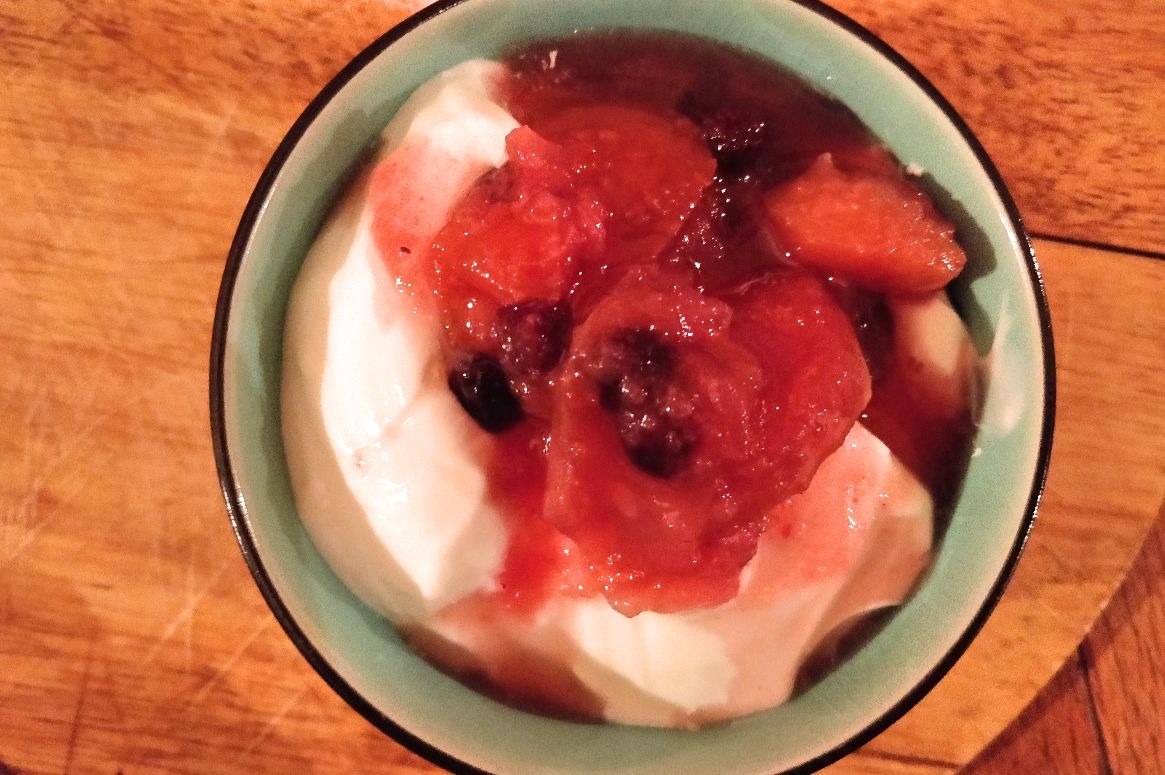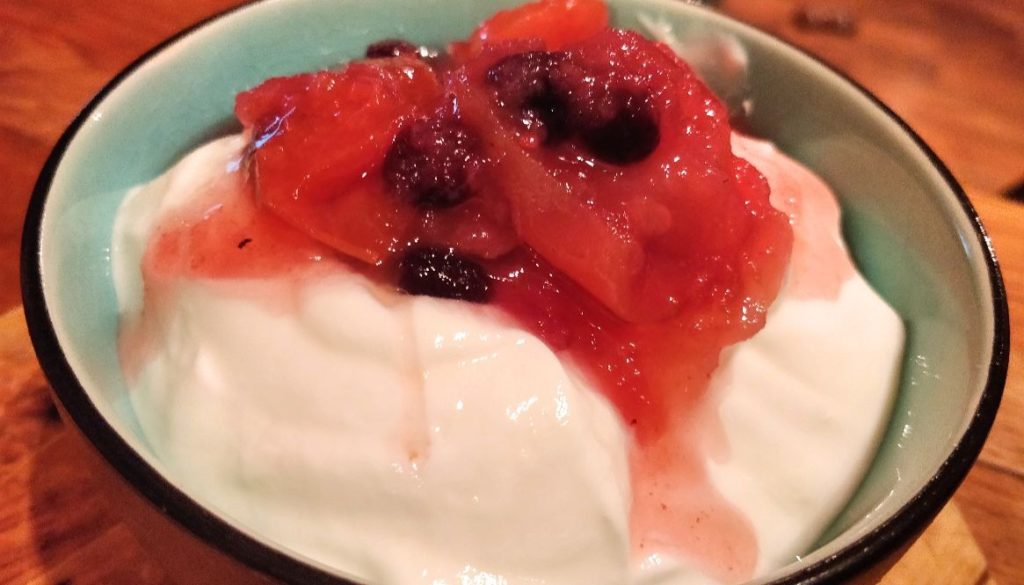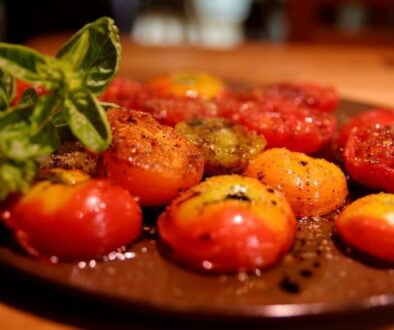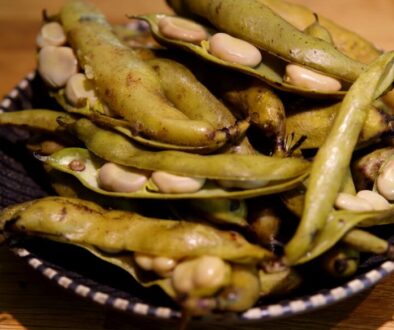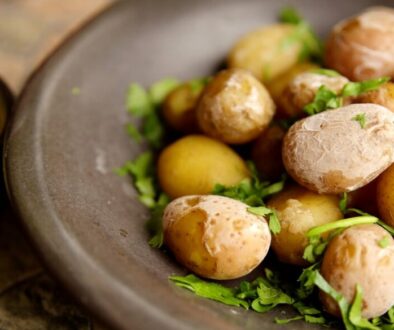Yogurt
Yogurt (yoğurt) is a Turkish word for tart semisolid, fermented milk mass The same milk fermentation product was used for centuries in India, Eastern Europe countries in Northern Africa and the Middle East where it was named by various names and used for food preparation, marinades, sauces, and drinks. First preparation of yogurt believed to be dated in 5000 BC in Mesopotamia.
In Europe, yogurt remains exotic until the early 20th century when Immunologist Ilya Metchnikov connected with the number of scientists in different countries to discuss theorized that fermented milk acidifies the digestive tract preventing the growth of the pathogenic bacteria (Harold McGee “On Food And Cooking: The Science And Lore Of The Kitchen” 2004). Factory-scale production of the yogurt starts in the 1920s and was broadly distributed in 1960s when Swiss companies were started to add berries and flavors into the yogurt.
Standard yogurt is fermented by the symbiosis of two bacteria Lactobacillus delbrueckii spp. bulgaricus and Streptococcus salivarius spp. thermophilus. Different species stimulating each other’s growth and fermentation of the milk is more rapid.
Heating of the milk for making yogurt is essential. It is recommended to heat the milk 30 min at 85 degrees or 10 min 90 degrees. The heating denatures the whey proteins which otherwise will aggregate to form particles with casein in a surface of the yogurt. Denaturating whey proteins allow forming the better matrix of the yogurt mass.
If milk is heated, it is needed to cool down the milt to the 40-45 degrees before adding the bacterial culture (typically portion of the previous yogurt batch). There are two ways to make yogurt, fermentation in 30 or 40-45 degrees. The fast way is to use 40-45 degrees but yogurt will be more coarse protein network which releases easily whey. Fermentation of yogurt takes 3-4 hours at 40-45 degrees and more than 18 hours at 30 degrees. I am preferring 40-45 degrees fermentation and 4 hours fermentation period.
It takes time to grow-out the yogurt culture from yogurt available in supermarkets. Please choose yogurt from a local market or purchase pure bacterial culture from bio markets. If you are using supermarket yogurt, please select Turkish or Greek yogurt to start. Follow instructions below and if the result isn’t satisfactory first three fermentations, it’s not a problem, please prepare first time small batches to keep the material and time. It took 4 fermentations for me to get good yogurt for eating and used as the starter of the new batch.
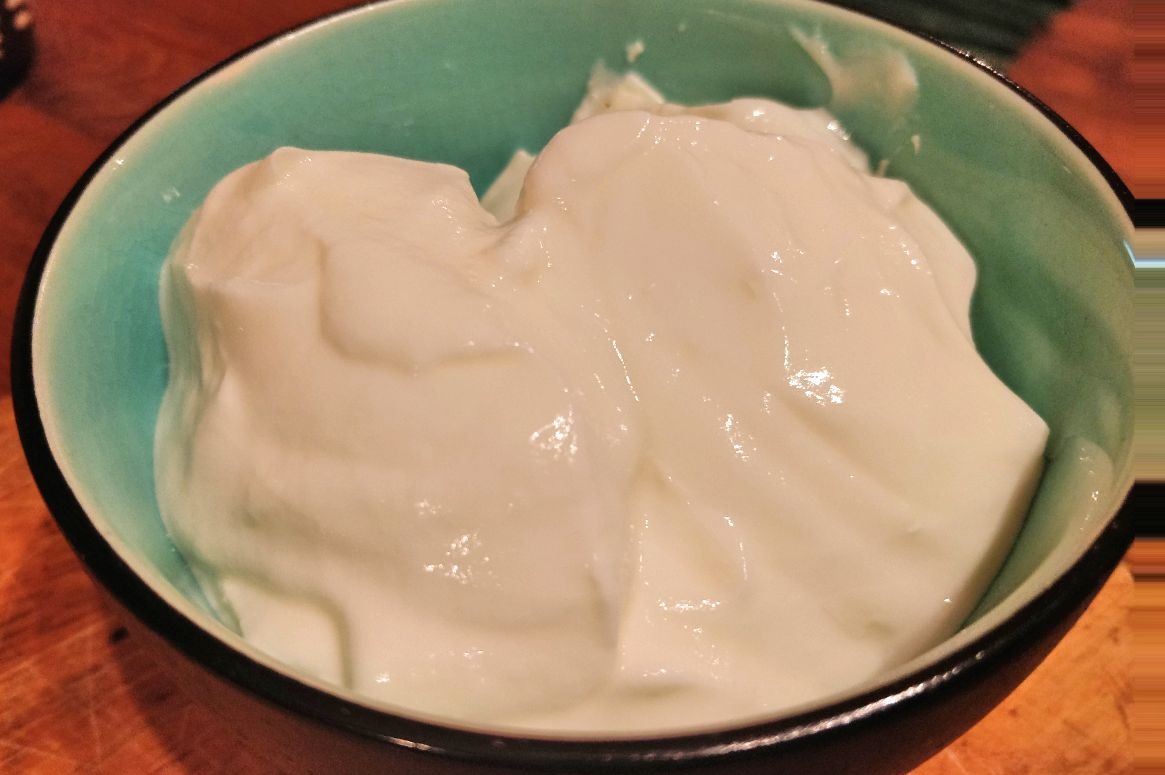
Preparation time: 30-45 min boiling of the milk, 1-hour cooling the milk, 4-hour fermentation
Level: not too tricky
Quantity: 2L
Ingredients:
2L of milk
2 tablespoons of previous yogurt batch

Preparation:
1. Heat the milk to 85 degrees for a 30 min or 90 degrees for a 10 min
2. Cool the milk to the 45 degrees
3. Mix 2 tablespoons of the previous batch of the yogurt into the small amount of the milt and add to the 2L of milk.
4. Divide inoculated milk into glass cans or plastic boxes and put in an oven. Light two tea-candles and put aside of the fermenting yogurt. Candles are keeping temperature ~40 degrees. If possible measure from time to time temperature. If it needs to be changed add or remove candles. Let yogurt to fermentate for four hours. If you prefer more acidic yogurt, increase the time to 6 hours.
5. Keep yogurt at +4 degrees, it remains good for a 10 days period. It is recommended to prepare each week new batch after one-week bacteria viability is good to start rapidly fermentation process.
Eat yogurt with cereals, jam, honey or enjoy the simple sour taste of the yogurt.
Ready !!
